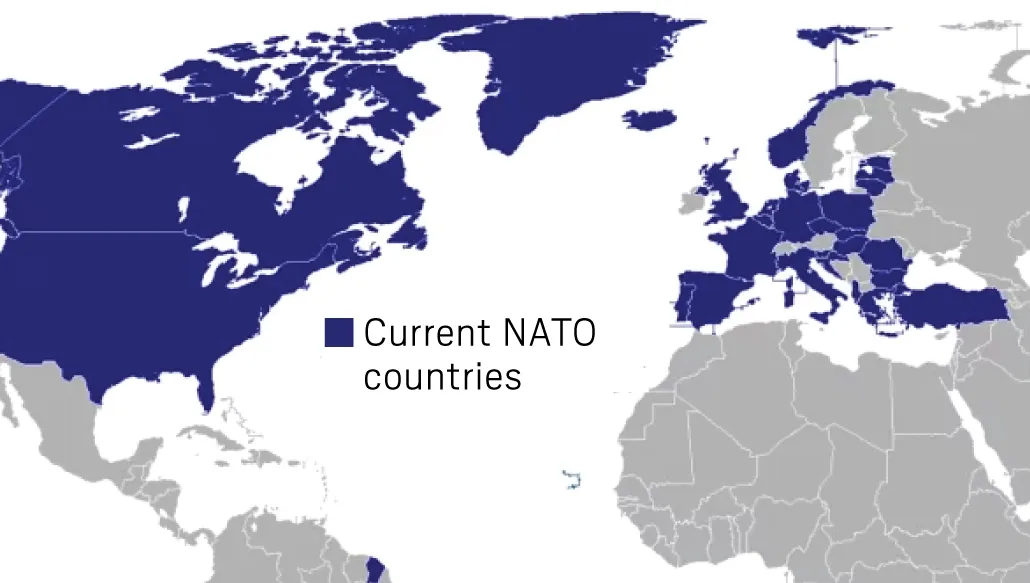BICOM
BICOM provides accurate, timely and balanced information that is read by officials, experts, journalists and many others.
Gaza Strip: The IDF is continuing to operate against Hamas strongholds in northern Gaza, notably in Jabaliya and Shajaiya.
- The IDF confirmed instances of “close-quarter combat” as they engaged Hamas fighters inside buildings.
- IDF infantry units exposed and decommissioned another 30 tunnel shafts.
- IDF Spokesperson Rear Admiral Hagari said, “IDF troops are expanding the ground operation towards Hamas’s centres of power in the Gaza Strip. Forces are going from building to building, from tunnel to tunnel, and there is also hand-to-hand combat.”
- Relating to the ongoing combat, IDF Spokesperson Hagari described operations as, “very significant, precise, and intelligence-based strikes.”
- Three more soldiers were confirmed to have been killed in combat, taking the total since the ground incursion to 78.
- In parallel, the IDF continued to make advances south into the outskirts of Khan Yunis.
- Operations in the south have so far focused primarily on heavy artillery shelling complimented by air strikes against Hamas military infrastructure.
- 137 hostages remain in Gaza. On Monday, Red Cross President Mirjana Spoljaric Egger visited the Gaza Strip. Israel appreciated her call for the release of hostages. However, she was unable to visit any hostages while in the Strip.
- Despite IDF advances, there has nevertheless been ongoing rocket fire out of Gaza. In late afternoon yesterday a barrage was directed towards Beer Sheva, launched from east of Khan Yunis. This is the area where IDF forces are approaching, adding to speculation that this may have been their last chance to release those rockets.
The north: Hezbollah yesterday claimed responsibility for at least nine attacks on northern Israel, including in Tel Hai, Shtula, and Kiryat Shmona.
- IAF combat jets attacked Hezbollah targets in southern Lebanon last night in response to rocket fire targeted at the Zarit area in northern Israel. Hezbollah launching sites, terrorist infrastructure, and a military building were struck, while the IDF also fired artillery shells at other sites.
- As soon as Hamas broke the ceasefire last Friday, Hezbollah resumed its attacks on northern Israel. Amid multiple attacks, 12 people were wounded when an anti-tank missile hit the border town of Beit Hillel on Sunday.
- Lebanese Prime Minister Najib Mikati met with US Ambassador Dorothy Shea in Beirut on Monday to discuss the situation in southern Lebanon and the Gaza Strip. Reports have suggested that the US and the French are offering financial incentives to the Lebanese government to act to remove Hezbollah terrorists from the border area. However, Lebanese Foreign Minister Abdullah Bou Habib yesterday made comments blaming Israel rather than Hezbollah for the post-October 7th flare ups.
- Despite its constant targeting of Israel since October 7th, Hezbollah has not expanded the conflict in the manner Hamas wished. The assessment remains that the group, and its Iranian paymaster, do not see it as in their interests to engage in all-out war with Israel at this time, and have therefore restricted their attacks so far to close proximity to the border.
Context: Jabaliya and Shajaiya have long been considered some of the strongest Hamas positions. Partly due to their close geographic location and dense urban concentration, close to the Israeli border.
- In 2014 Operation Protective Edge these were among the first areas attacked by the IDF. This time the IDF initially circumvented these areas, going first for Gaza City and only afterwards approached these areas from the West.
- Defence Minister Gallant related to the previous fighting in Shajaiya in 2014 saying, “this time, they aren’t leaving until the complete elimination of all the terror infrastructure located there.”
- Despite the IDF’s achievements in northern Gaza prior to the temporary ceasefire, the army acknowledges that it will need time to complete the war’s objectives, especially since it is now operating in an already densely populated southern Gaza whose population has been swollen by over 1.5 million Gazans who moved from the north earlier in the war.
- However, international pressure is likely to grow incrementally for Israel to end its operations. Israel’s most important ally, the US, has continued to support its right to defend itself and to act to secure the total defeat of Hamas.
- Senior voices have repeatedly warned about the effects of civilian casualties on the sustainability of the operation. US Defence Secretary Lloyd Austin said on Sunday that “in this kind of a fight, the centre of gravity is the civilian population. And if you drive them into the arms of the enemy, you replace a tactical victory with a strategic defeat,” he said. “So I have repeatedly made clear to Israel’s leaders that protecting Palestinian civilians in Gaza is both a moral responsibility and strategic imperative.”
- There is growing concern, too, about the economic effects of a prolonged military campaign with mass mobilisation of Israeli reservists and the costs of war straining Israel’s economy. In that light, there is mounting criticism of Finance Minister Smotrich’s decision, acquiesced to by Netanyahu, to proceed with earmarked coalition funds for ultra-Orthodox education and settlements in the upcoming budget.
- In today’s Yediot Ahronot, a group of 167 former leaders of the defence establishment, chiefs of staff, police commissioners, Mossad and Shin Bet directors, generals, and commanders write an open letter calling the budget a threat to Israeli security, for diverting some of the funds to a sectoral agenda.
Looking ahead: Later today the war cabinet will meet with families of the hostages as they continue their campaign to pressure the government to reach further understandings and expediate their release. The government’s current approach sees the military campaign as the tool for increasing pressure on Hamas to reach better terms for a potential future deal.
- In Jabaliya, there is another hospital, like others suspected of doubling up as a Hamas command centre and thought to contain hundreds of Hamas fighters. This is expected to be see heavy fighting in the days ahead. As in similar cases, there is also thought to be a civilian population embedded with the fighters, further complicating IDF manoeuvres.
On December 4th, BICOM Director Richard Pater appeared on LBC’s Shelagh Fogarty programme to discuss the latest developments in the war.
You can listen to it here
PODCAST
Episode 222 | The Arab-Israeli experience since October 7th
In this episode, Jack Omer-Jackaman speaks to Mohammad Darawshe, a leading expert on Jewish-Arab relations. He spoke of the heroic sacrifice made by his cousin Awad on October 7th. They also discuss the high level of national Israeli identification amongst Arab-Israelis since the Hamas massacre, and the future prospects for coexistence. Darawshe is Director of Planning, Equality and Shared Society at Givat Haviva Educational Centre, and a fellow at the Shalom Hartman Institute. He previously served as a city council member in his hometown Iksal and served as a member of The National Committee which drafted Israel’s Coexistence Education policy. He was previously Co-Director of The Abraham Fund Initiatives.
Listen on Apple Podcasts, Spotify and Google Podcasts
Fathom Articles
“America needs to maintain a balance of power against radical Islam” | Fathom Interview: Jonathan Rynhold – Watch here
‘When Iran says “death to Israel”, it means precisely what we saw on 7 October’ | An Interview with Behnam Ben Taleblu – Read here
A False Sense of Security, Effective Shield or Morale Booster? Israel’s Missile Defence – Read more
Opinion | The Paradigm Shift of 7 October and a Plan for the Jewish Future – Read more
Fathom Long Read | Political Antisemitism Explained – Read more









